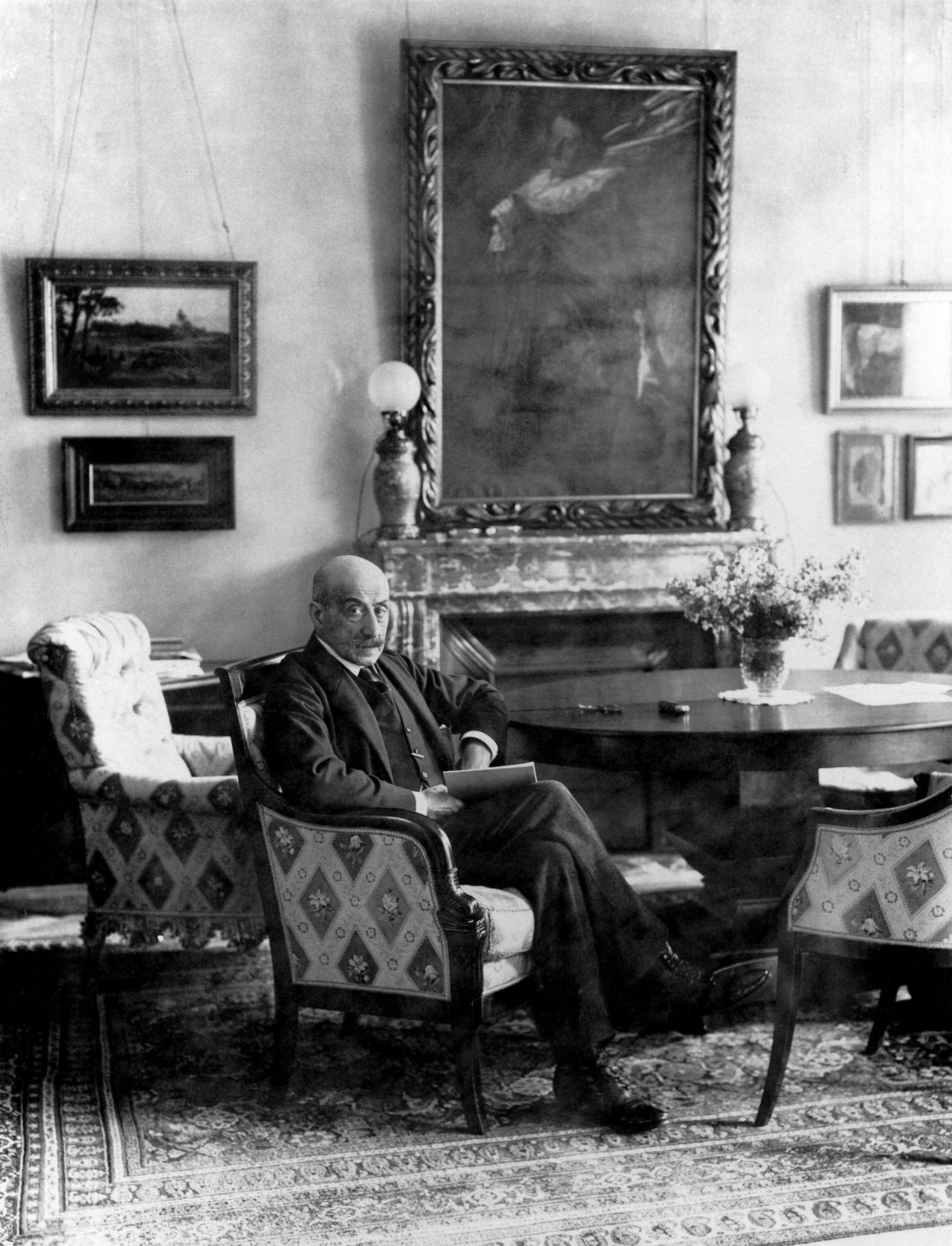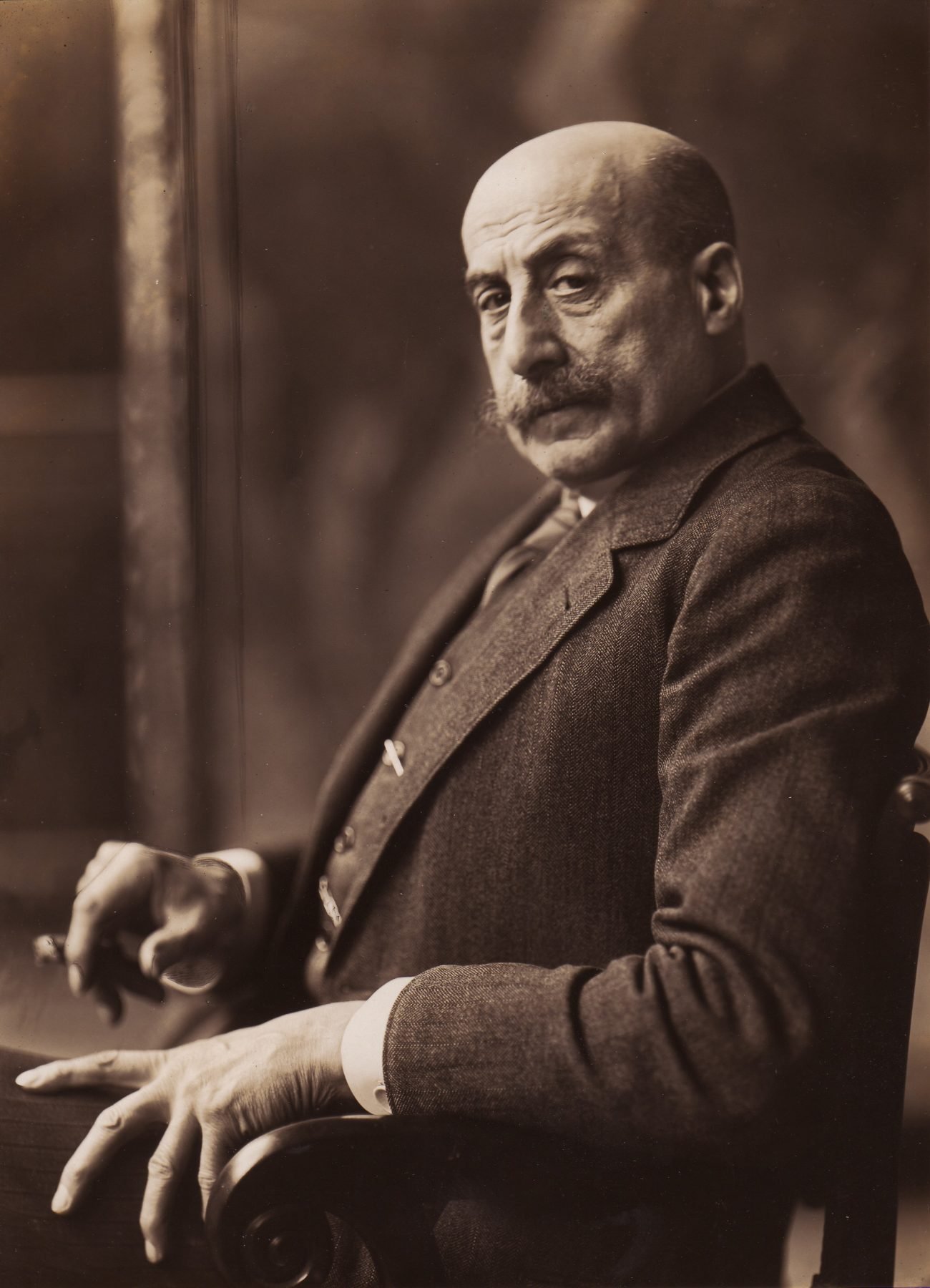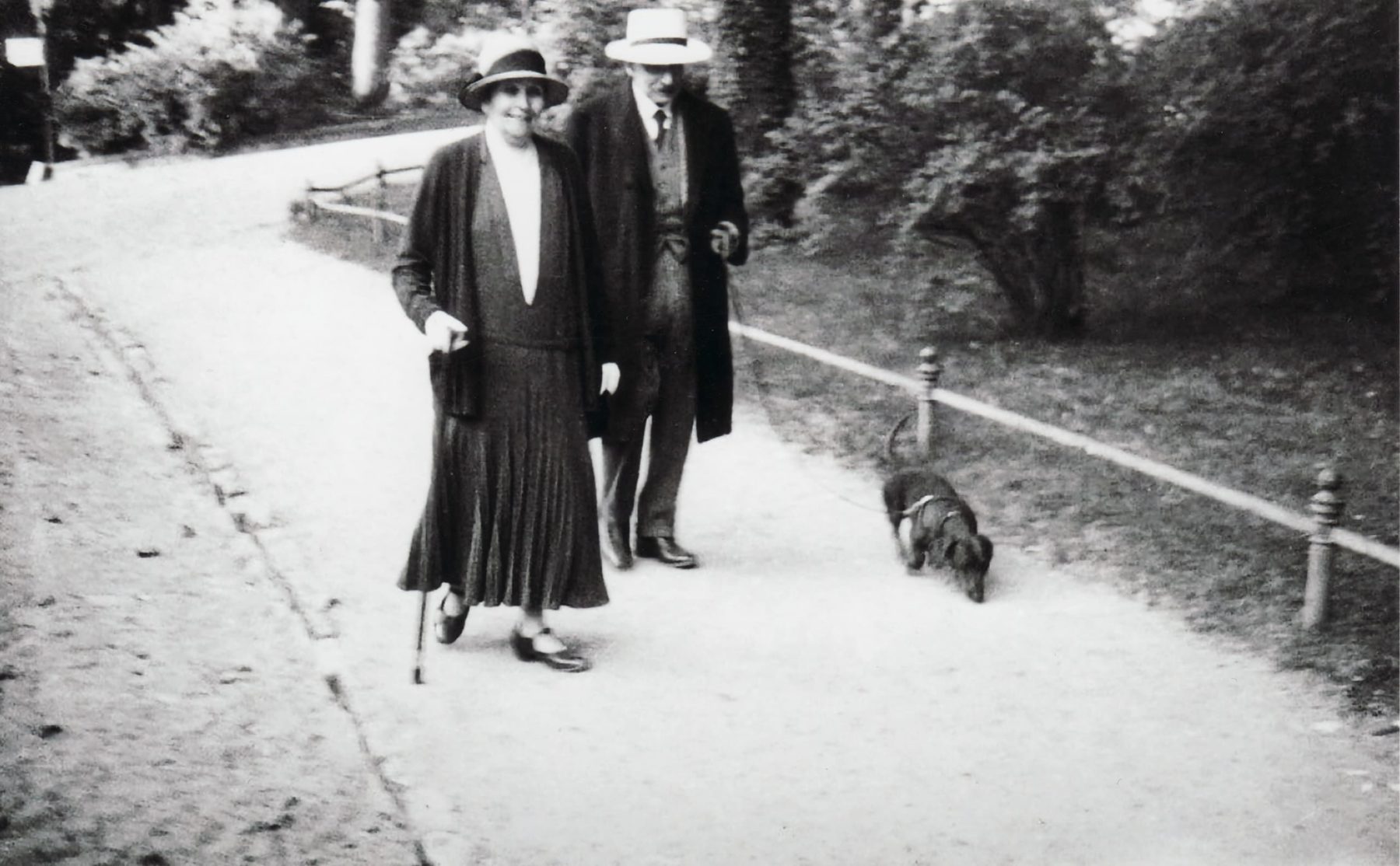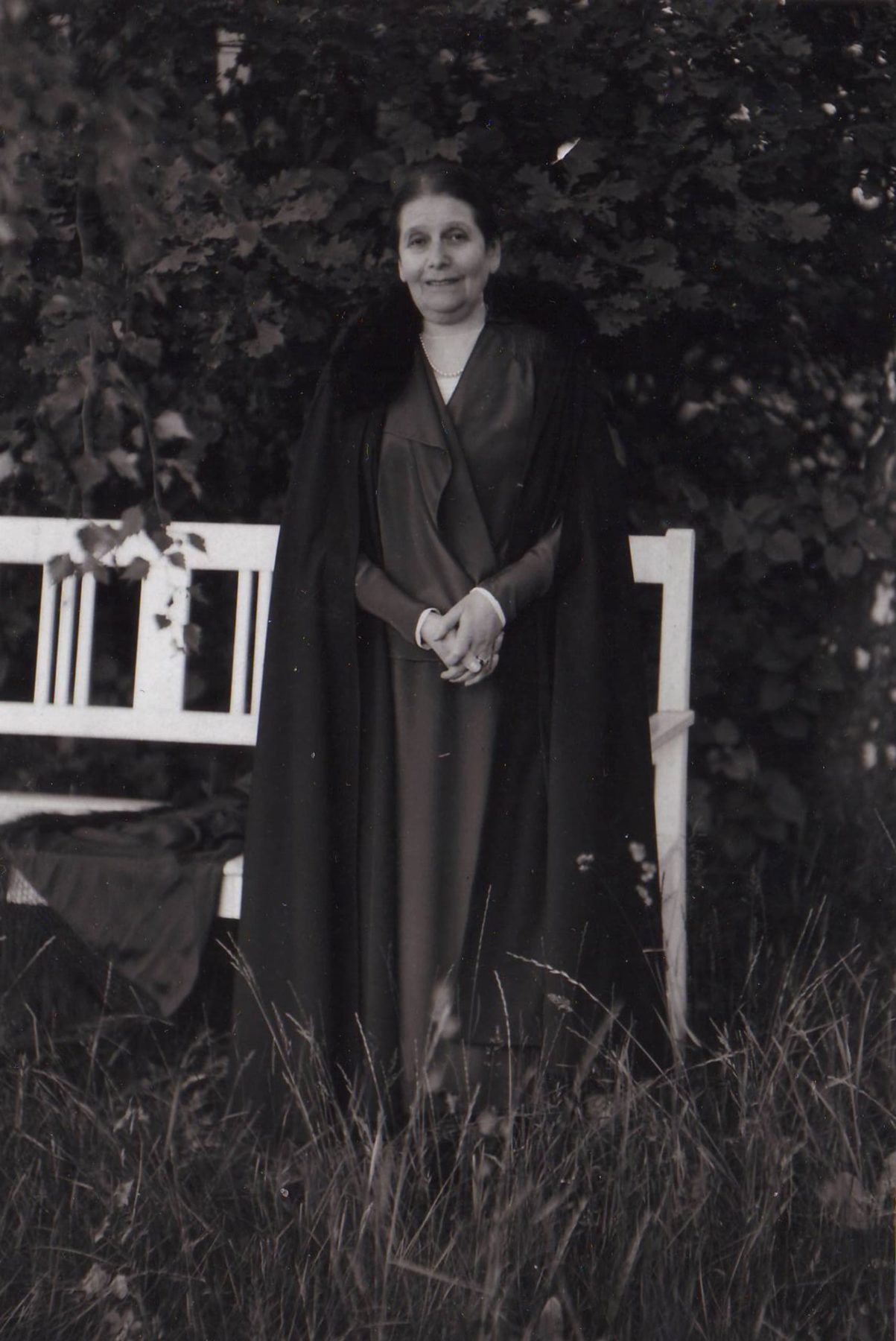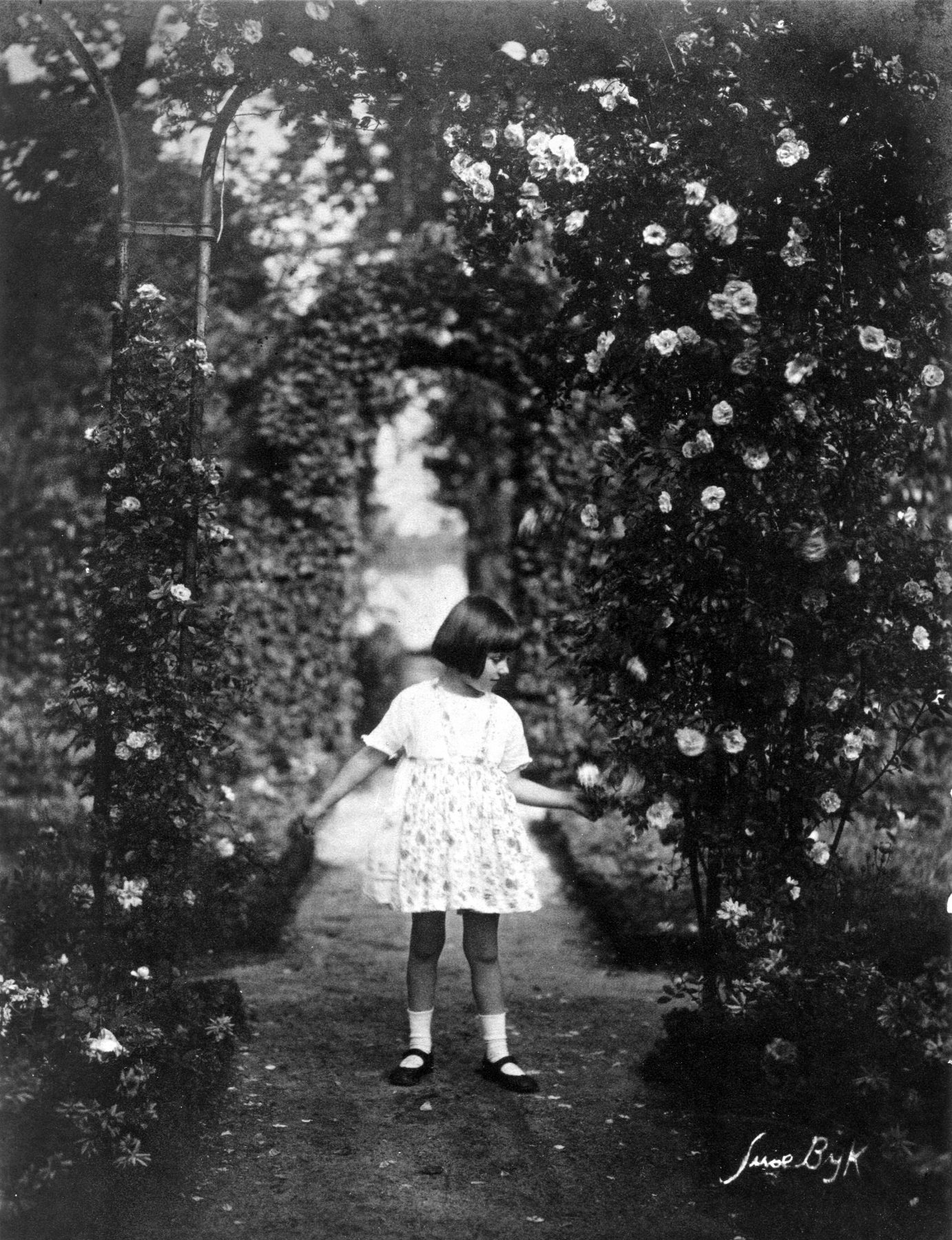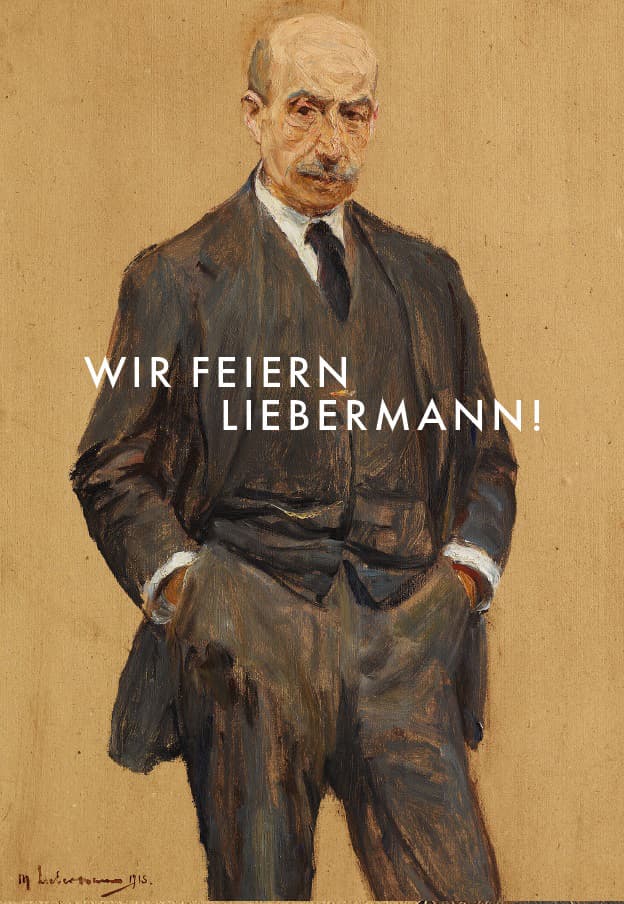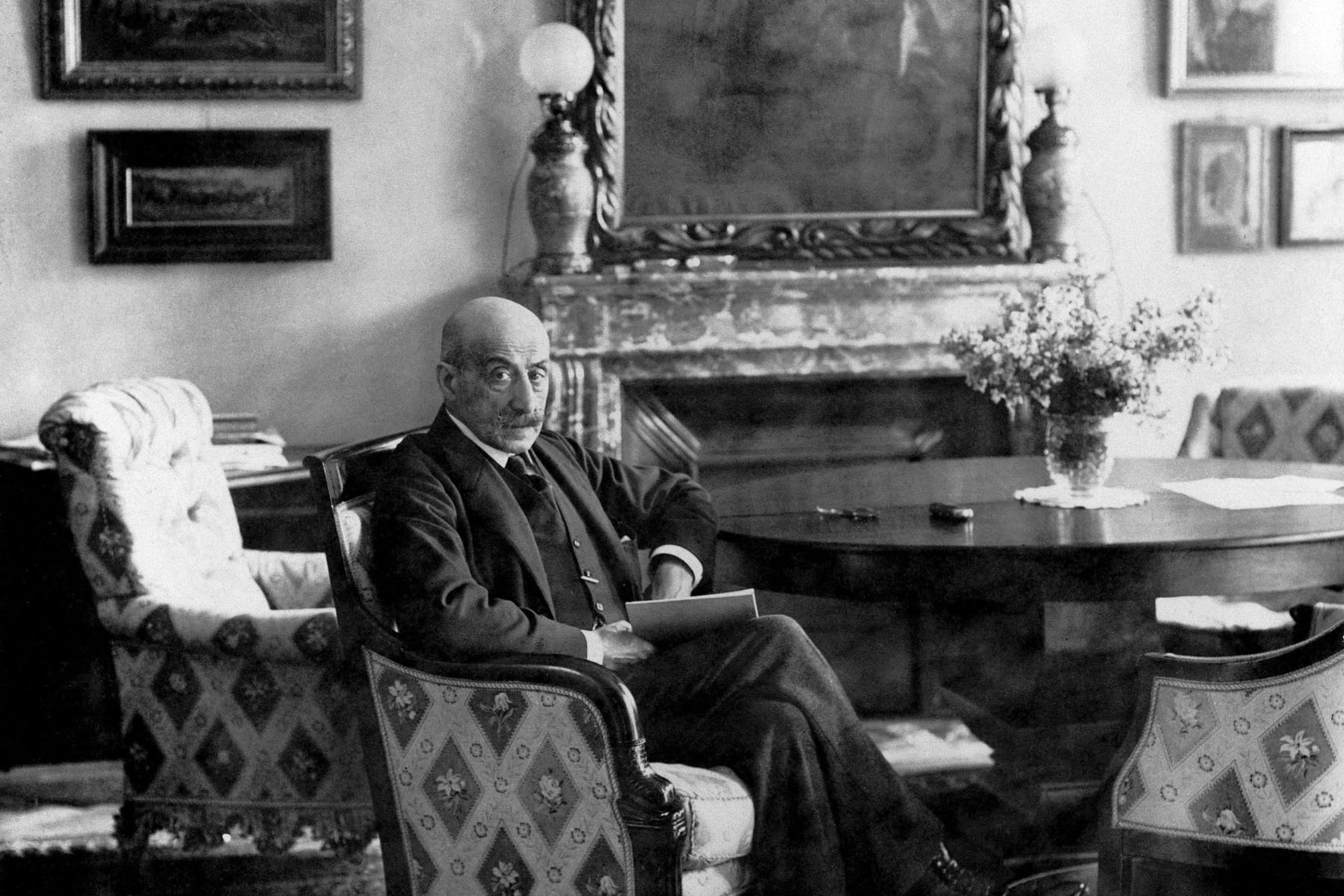
Max Liebermann
Max Liebermann (1847-1935) was one of Europe’s most important modernist artists. Early in his career he explored motifs of simple, working people on the land, painted in a realist or naturalist style. Later he became a pioneer of modernism in Germany, paving the way for the many movements that would follow. From his base in Berlin, he broke away from the constraints of Kaiser and Academy and became – alongside Max Slevogt and Lovis Corinth – one of the leading representatives of German Impressionism.
Beginnings and early career
Max Liebermann was born in Berlin on 20 July 1847, son of a wealthy Jewish textile manufacturer. As a young man he took lessons from the painter Carl Steffeck, later studying from 1868 at the Academy of Arts in Weimar. It was in Weimar that Liebermann created his first major painting, “Women Plucking Geese” (1872), which today hangs in the collection of the National Gallery in Berlin. From 1874 he continued his studies in Paris. Here he became increasingly interested in rural motifs, in “simple” people, working on the land.
During this period Liebermann also became interested in Dutch 17th-Century painting. From 1874, the artist regularly spent his summer months in Holland. In 1878 he moved from Paris to Munich, where he intensified his exploration of rural motifs. His works from this period – such as “Potato Harvest in Barbizon” (1875) and “Women Mending Nets” (1887/89) – were often met with harsh criticism. Contemporaries were baffled by the unflinching realism and apparently “unworthy” subjects of Liebermann’s paintings.
BACK IN BERLIN
In 1884 Liebermann returned to his home town of Berlin. In the same year he married Martha Marckwald (1857-1943); in the summer of 1885 their daughter Käthe (1885-1952), was born. At this time, the Berlin art scene was dominated by the Prussian Academy. The organisation had close links to the Kaiser and closely controlled what could be exhibited in the city. During the 1890s, Liebermann began to turn against this artist establishment. In 1892 he was among the co-founders of the “Group of 11”, which set out to establish free art exhibitions outside these controls. Six years later, in 1898, Liebermann was co-founder and first President of the Berlin Secession. This group – following similar movements in Munich and Vienna – represented an official break-away movement from the Prussian Academy and its sister organisation, the Association of Berlin Artists.
In the 1890s. Liebermann’s style and motifs became to change. His palette lighter, his colours became brighter, his subjects moved away from rural workers towards scenes of middle-class leisure. During his summers in Holland he began to focus on the tourists in coastal resorts such as Noordwijk. In Berlin he developed into one of the city’s most in-demand portrait painters. In 1909, the family purchased one of the last remaining plots in the Alsen villa colony at Wannsee, where they built themselves a summer home. The Villa was designed by the architect Paul Otto Baumgarten, the garden by Liebermann in collaboration with the then-director of the Hamburger Kunsthalle, Alfred Lichtwark (1852-1914). Over the following years, the Wannsee garden became one of the most important motifs in Liebermann’s painting.
LATE YEARS
In 1920, Liebermann was appointed president of the Prussian Academy of Arts in Berlin, the highpoint of his career and a sign of how the Academy had changed over the past two decades. The artist’s later years were far from peaceful, however. Though Liebermann had experienced anti-Semitism throughout his life, as the 1920s progressed, the situation worsened. The National Socialist takeover in 1933 cemented these developments. Max Liebermann died in February 1935. Three years later his daughter Käthe was forced to flee abroad with her family. Martha Liebermann remained in Berlin, ultimately committing suicide in Berlin in 1943 to escape impending deportation.
Immediately after the Second World War, Liebermann’s art was somewhat forgotten in Germany, considered a relic from a bygone era. It was not until the late 1970s that interest began to grow. The Max Liebermann Society was founded in 1995 with the aim of preserving the memory of Max Liebermann and his work. In 2006 the villa at Wannsee could be opened as a museum, as memorial to this great artist, and as part of the wider project of coming to terms with German history.
Galerie
Tours and Learning
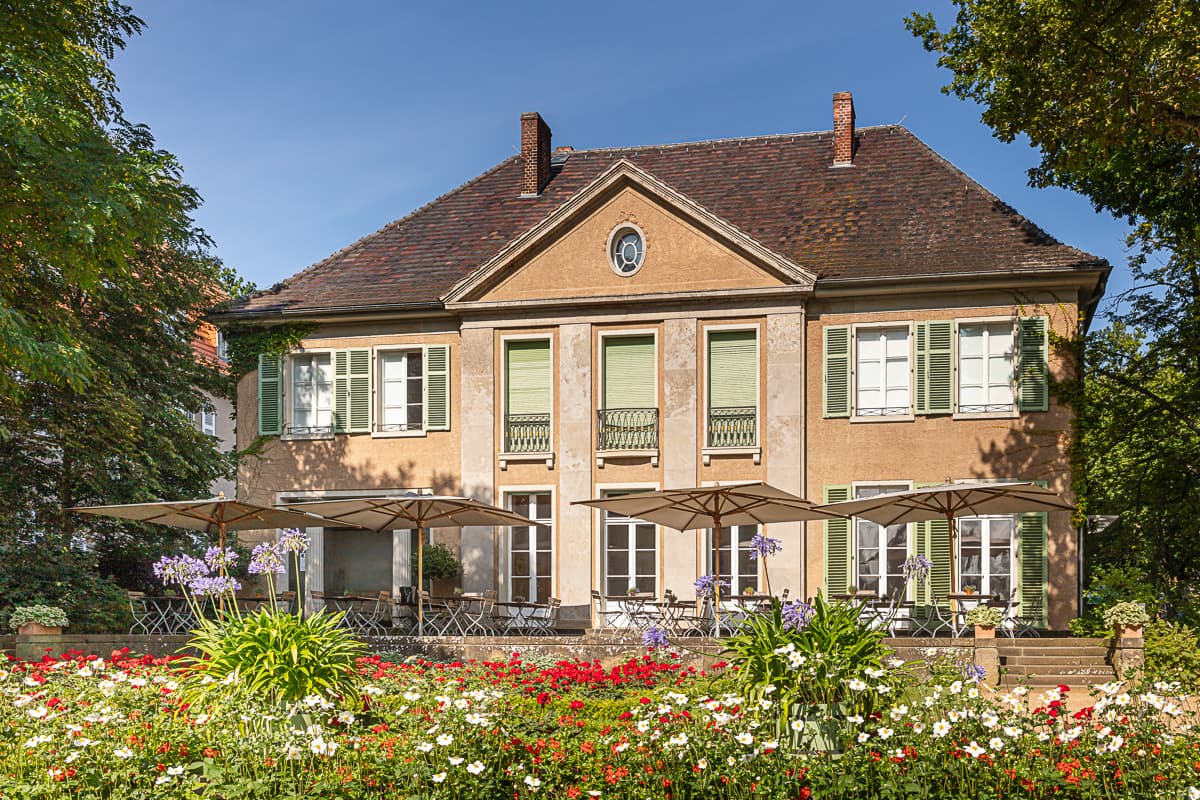
Public and private guided tours
Immerse yourself in the world of Max Liebermann, with a tour from one of our volunteer guides.
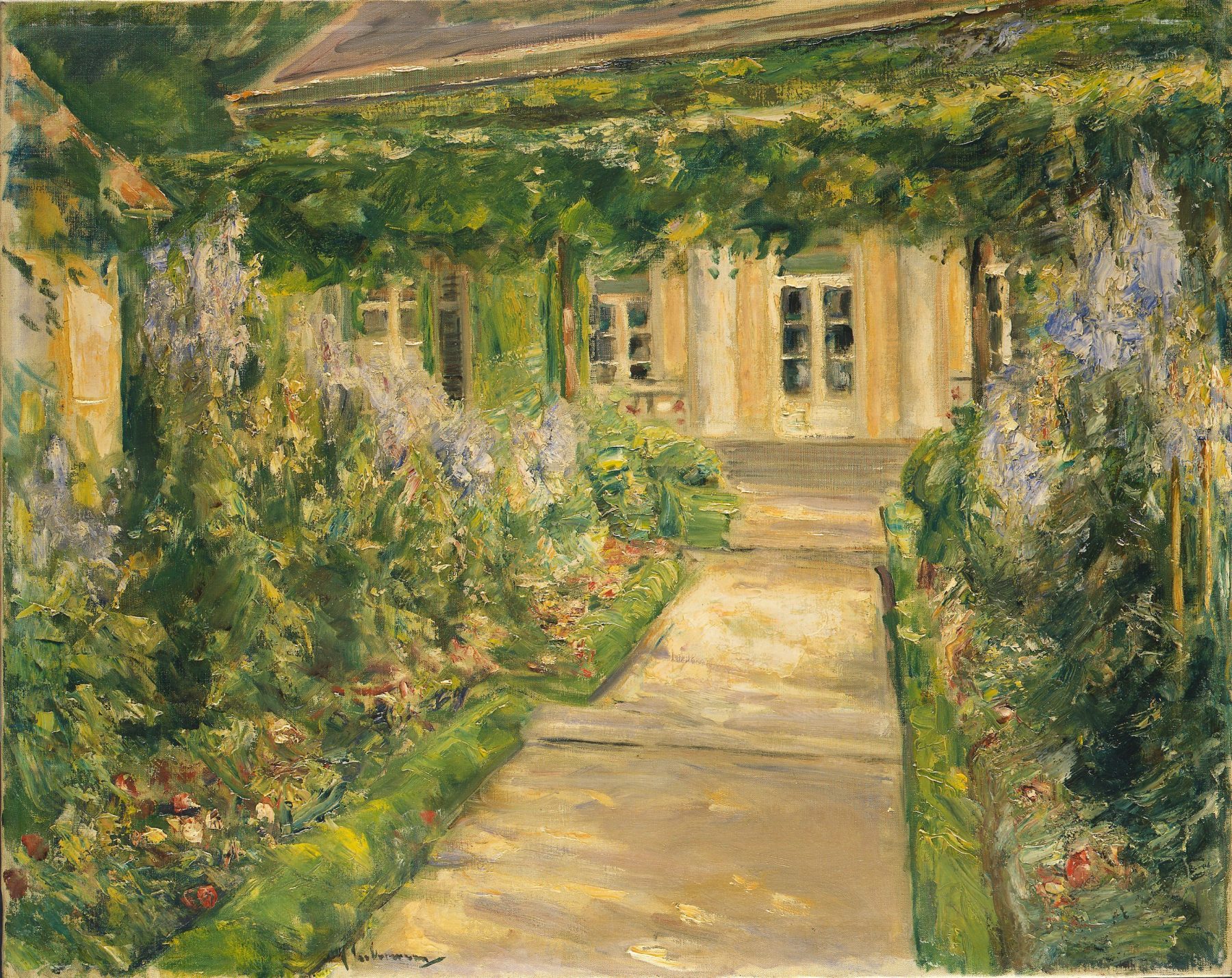
Audio Guide
In addition to a visit to the Liebermann Villa, we offer an audio tour of the paintings with lots of information about the life and work of Max Liebermann.
Publication
The anniversary catalog of our exhibition “Wir feiern Liebermann!” (in German) takes a fresh look at Max Liebermann’s extensive work.
Ed .: Dr. Lucy Wasensteiner
240 p. with over 70 color ills.
19,80 €
